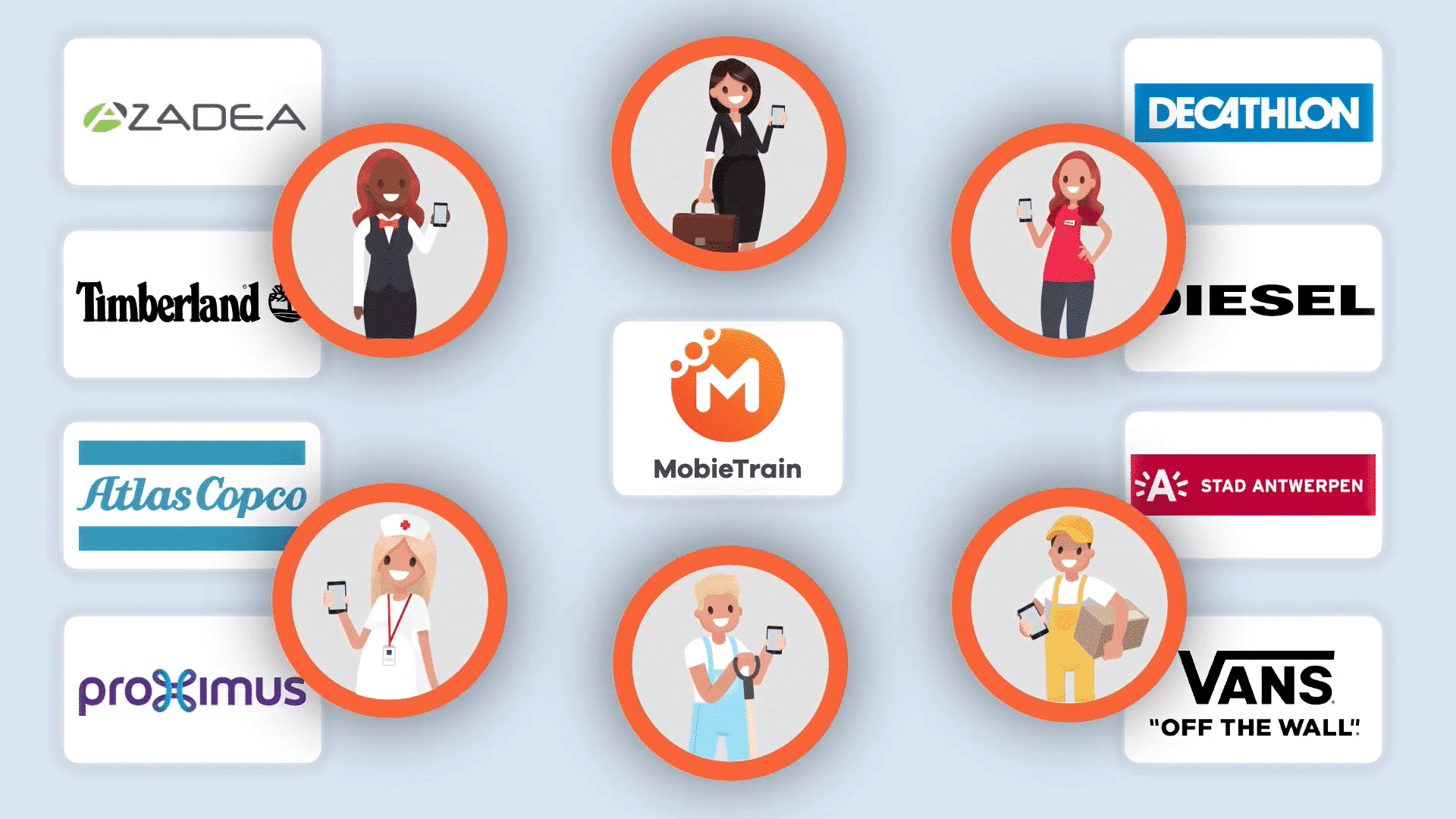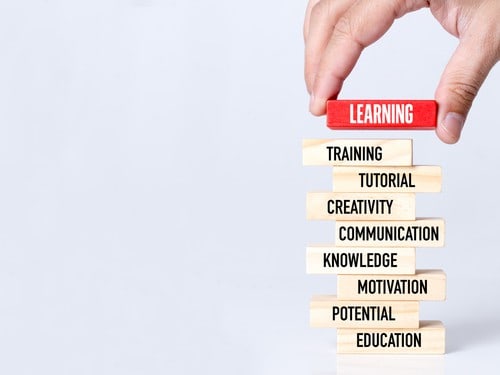Change Models: many and varied, which one will suit you?

Change is happening all the time… whether we like it or not. An efficient change model gives you an essential guideline as you try to steer the transformation of your business, a guide you can adapt and tailor as you build the strategy for your next steps.
We’ve chatted about the Adkar model before, plus how and why it might be a good touchstone as you start building your MobieTrain content. But there is of course no ‘one size fits all’ theory. So, we listed three innovative change models to help you with your hussle to become a real changemaker:
McKinsey 7s model
Taking a different tack, two ‘70’s ex-McKinsey execs came up with a way to examine different elements of your organisation and how they interact. This is a popular approach early on in the change management process if you are reviewing whether changes are due and, if so, what those should be. It can be just as useful for teams, or to update your processes, as for organisation-wide changes.

McKinsey puts shared company values, the ones that (should!) underpin everything you do, front and centre in their model. For optimum company performance the McKinsey 7s emphasises that you should strive to have all 7 elements in balance.
Kotter’s Change Model
‘90’s Harvard professor John Kotter introduced his 8 point change model after conducting research with 100 companies undergoing serious shakeups. It gives more depth at each stage of a sequential change process and so may be suitable if you want clear suggestions of activities that are helpful at each point along the way. Kotter’s model breaks down like this:
- Increase urgency
- Build a Guiding Team
- Develop the vision
- Communicate for buy-in
- Empower action
- Create short-term wins
- Don’t let up
- Make change stick
Where the Adkar model assumes company leaders have already built their strategy, the first 3 steps of Kotter’s are aimed at those leaders who are yet to start that strategic process. The other parts of Adkar are then broken down into detailed steps as the process continues. As a more top-down model Kotter might be less suitable for horizontally structured startups, scaleups and SME’s.
Lewin’s Change Model
Lewin specialised in social, organisational and applied psychology. His change model as applied to organisational and change management codifies the same essential concepts as Adkar, but simplifies those into 3 generally applicable steps:
Unfreeze – Change – Refreeze
The defrosting part, entails noticing and accepting change needs to happen in the business, letting your hard and fast ideas about it melt so that you can pull it apart and examine where elements of your practice may need altering. Changing those elements is step two. Then refreezing solidifies the new behaviour as your new benchmark. If you want something straightforward and easy to understand this could be it.
Does one of the change models we’ve highlighted grab your attention? Set up a sparring session with one of our experts to discuss if it’s a good model for you!

